Anna’s Hummingbird (Calypte anna) Male photos by Larry Jordan
Almost every day I enjoy the company of a male Anna’s Hummingbird (Calypte anna). He perches on a metal fence I put up to protect a bed of sunflowers we planted outside my home office window. Click on photos for full sized images.
He is protecting a hummingbird feeder that hangs from the eves about 12 feet away.
You will notice in this series of images that the colors of the feathers on his head change as he turns his head.
This is due to a complex feather structure that I explained with photos in a previous post. This fellow is in total shade so his colors are not as vibrant as they would be in full sun.
But, as I was saying, he is guarding one of the hummingbird feeders, strategically placed around the house. So, to let you know what an excellent source Birds of North America Online (BoNAO) is, I will give you some information on the Anna’s Hummingbird’s food habits from their website.
Hovering bird extends tongue into flower corolla to extract nectar. Insects are usually taken in the air, sometimes several successively. May also “hawk,” leaving perch to capture insect, then returning to perch. Investigates spider webs for small captured insects, and visits water and damp areas. Sometimes gleans tiny insects from leaves and presumably takes sap and insects from holes made in oaks, willows, and other trees1.
If you have hummingbird feeders you have probably witnessed (usually) male birds protecting a feeder and chasing off intruders. This is what BoNAO has on this behavior.
Males defending feeding territories may fill their crops only 10–33% of capacity at a time, thus keeping their weight at a minimum and reducing the energetic cost of flight. Individuals without their own defended source of food must intrude into territories and are likely to be chased; the intruders consume as much nectar (to crop capacity) as the opportunity provides. Crops are filled late in the day in preparation for roosting; the crop contents serve as a “supplemental energy storage depot” during the night. Although a high level of early-morning consumption might be expected after a night of fasting, studies found a fairly even feeding rate at feeders throughout the day, until peaking 1–2 hours before sunset1.
I filmed this video of my early morning companion, scanning the sky for intruders, chasing them off and finding a little time to preen. Enjoy!
For more great bird photos, check out Wild Bird Wednesday and The Bird D’pot. Two excellent memes for bird photographers and enthusiasts!
References: 1Birds of North America Online

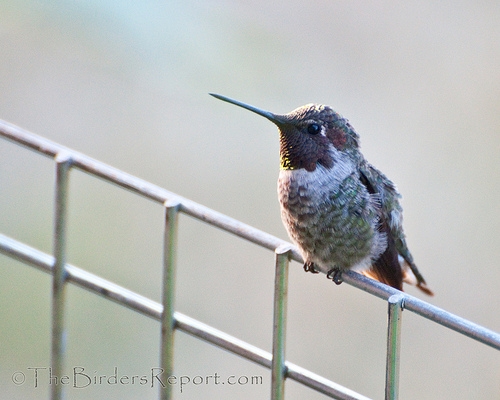
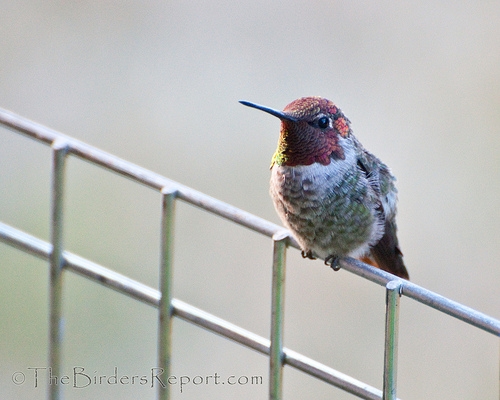
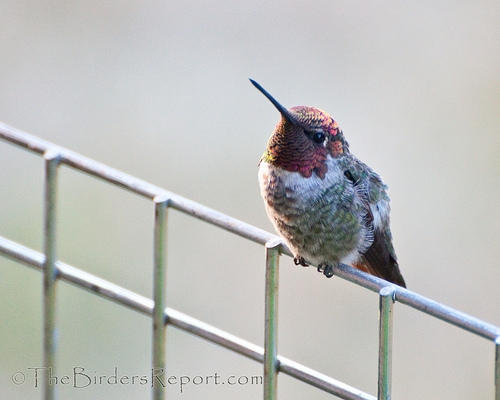
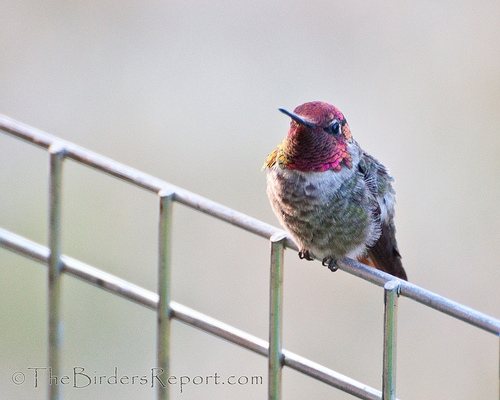
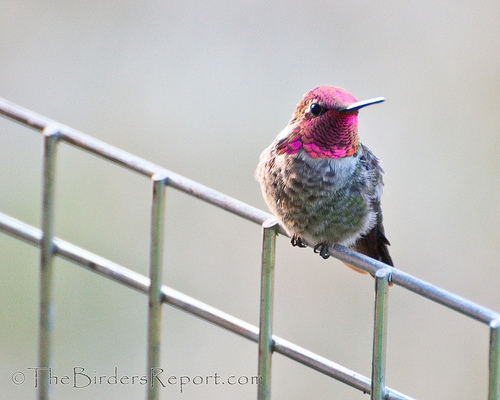
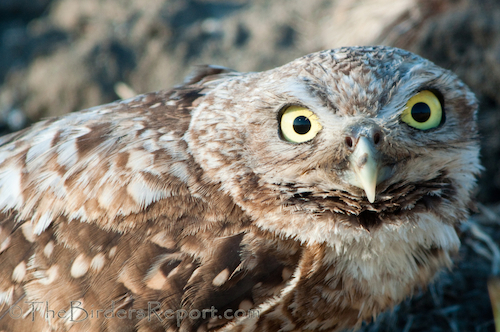
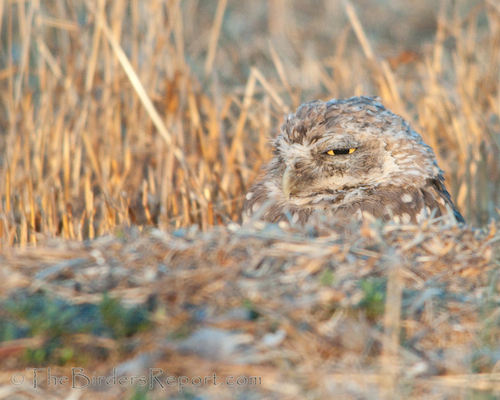
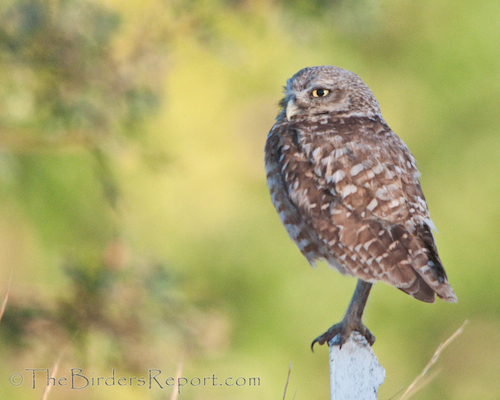
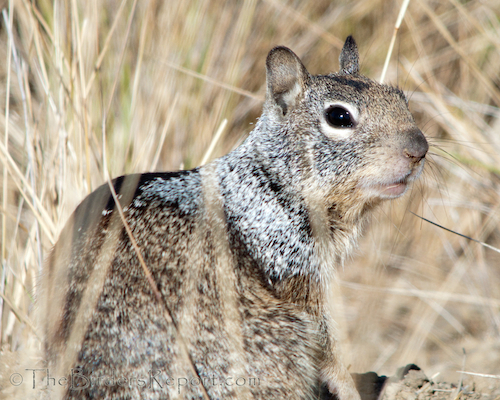
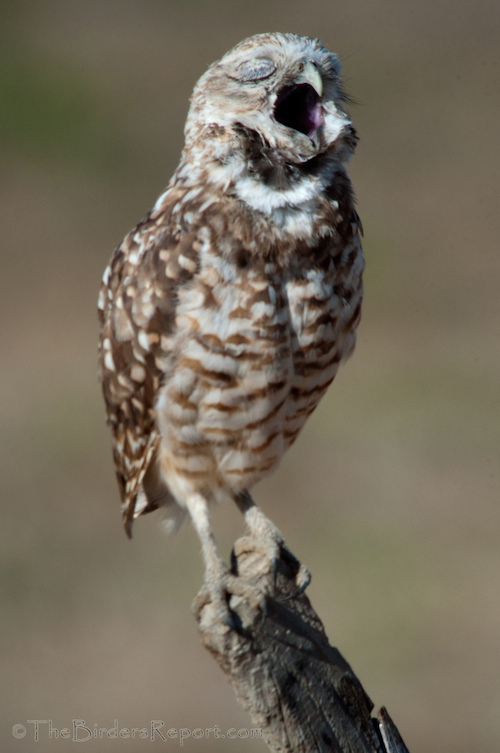
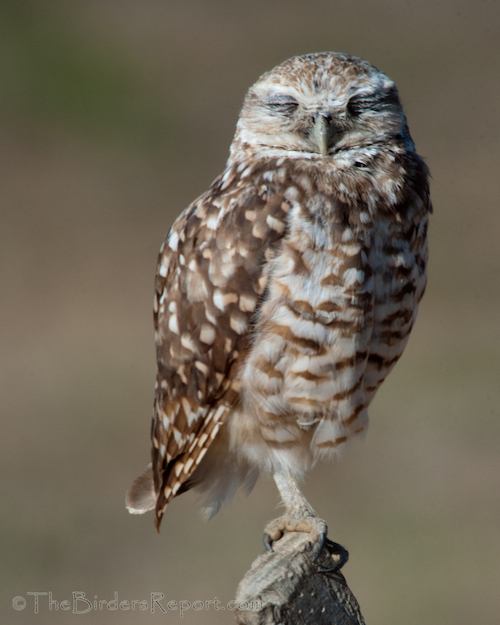
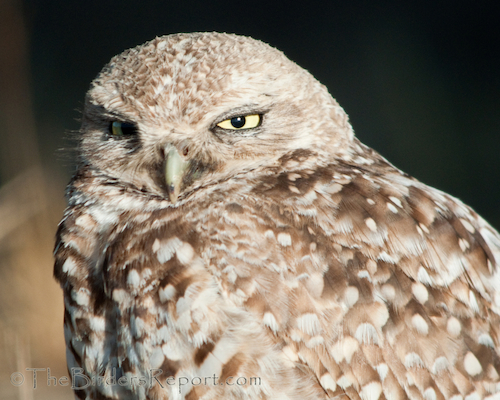
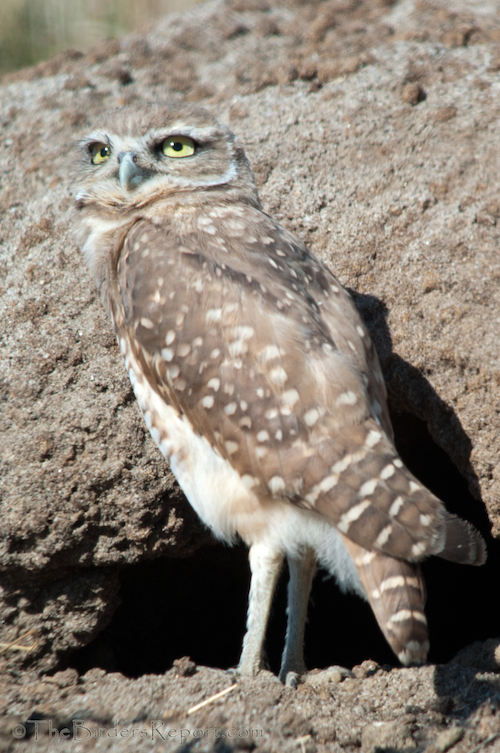
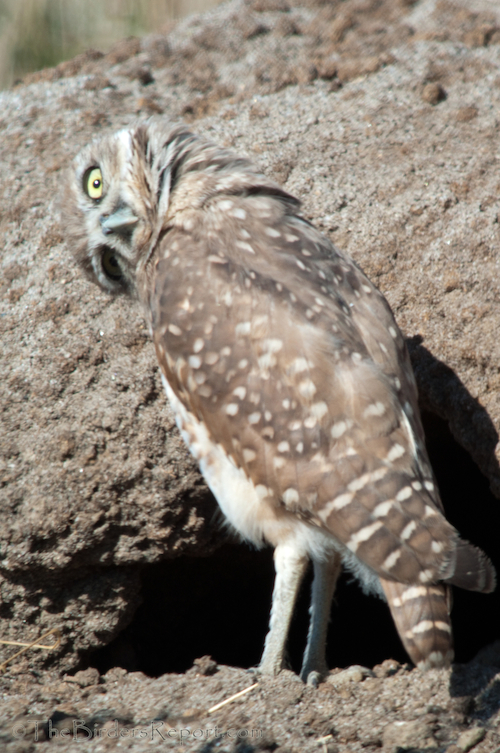
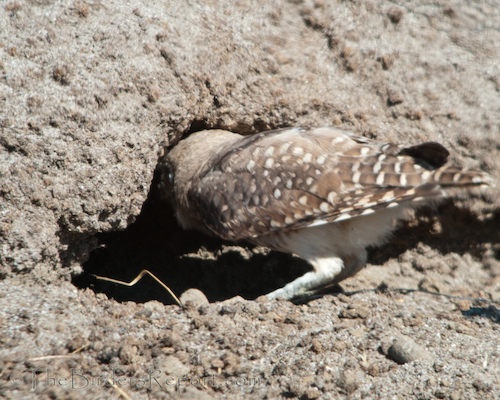
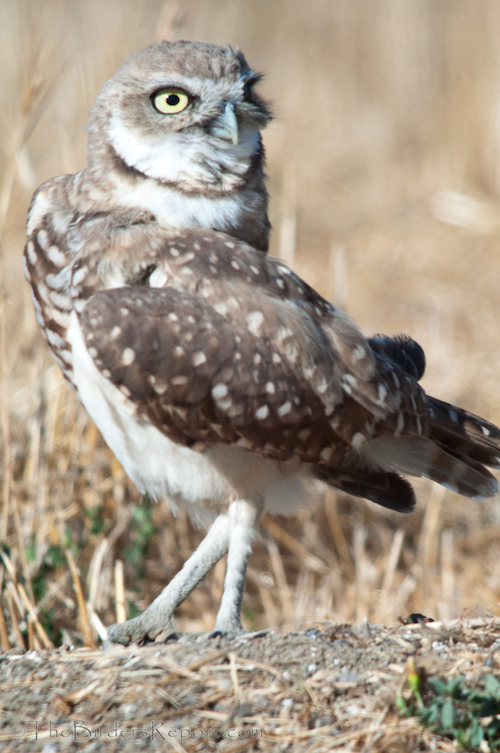
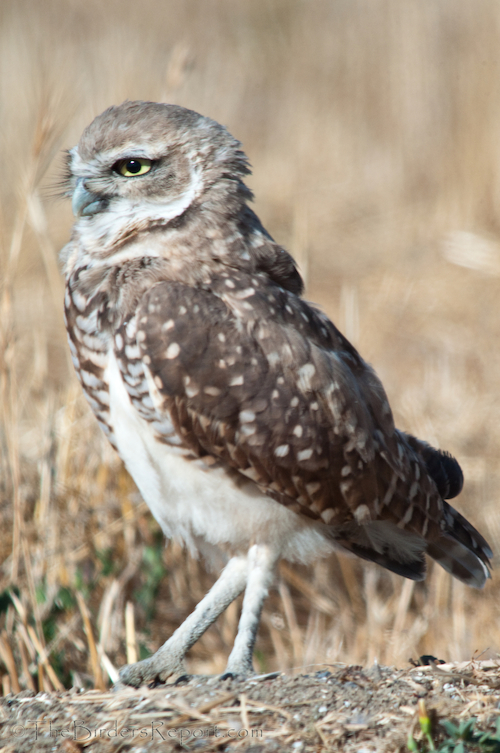
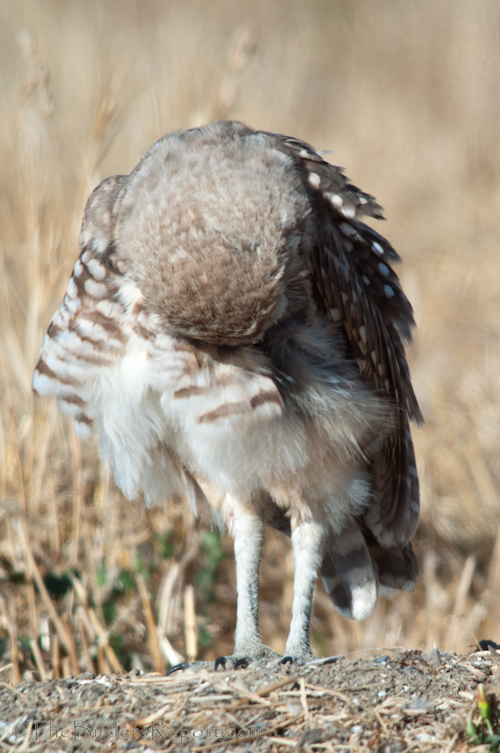
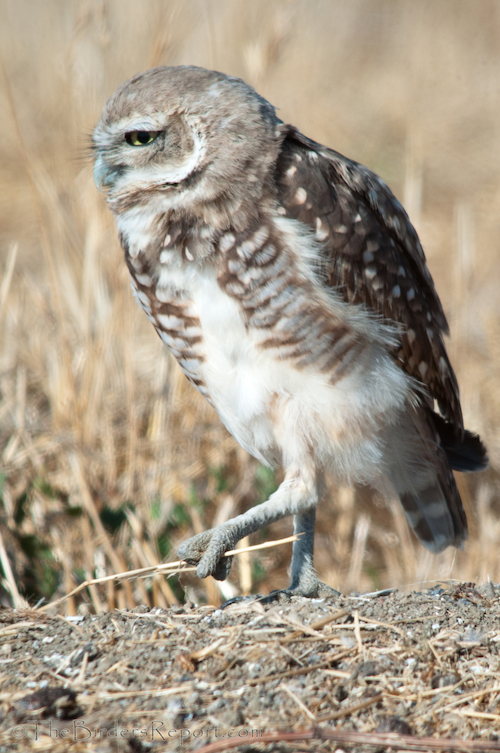
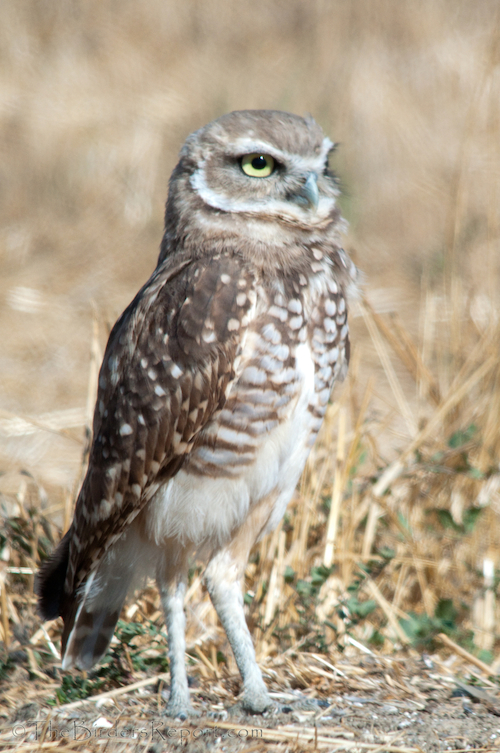
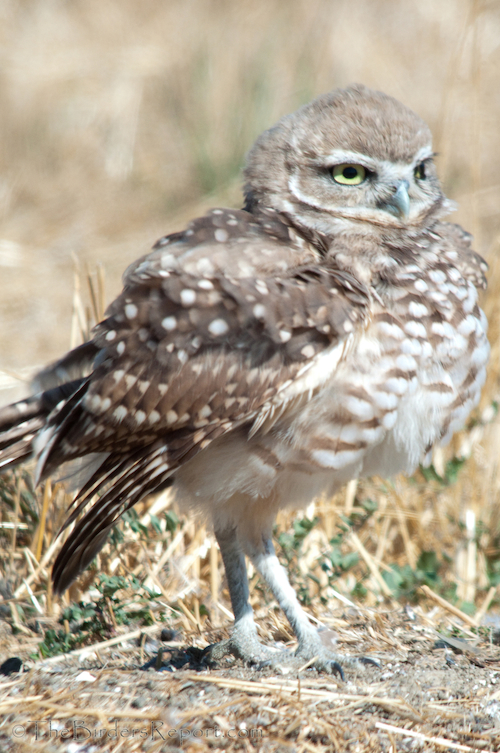
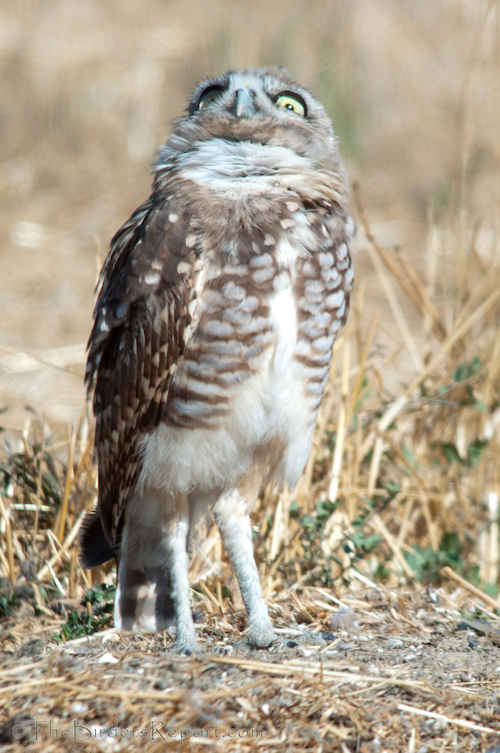
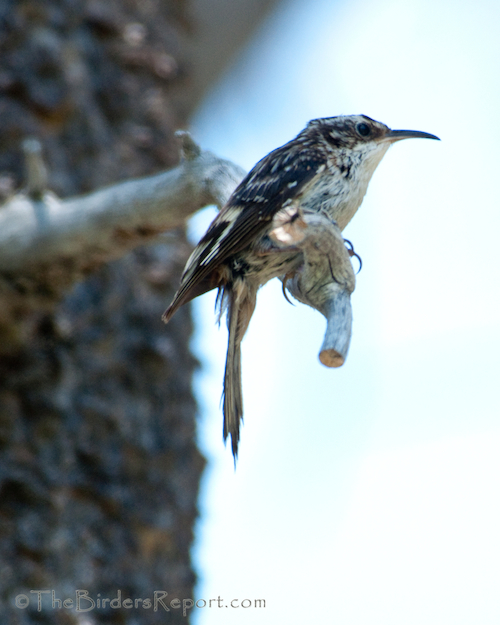
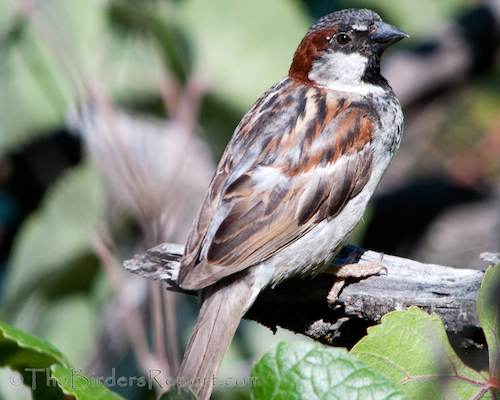
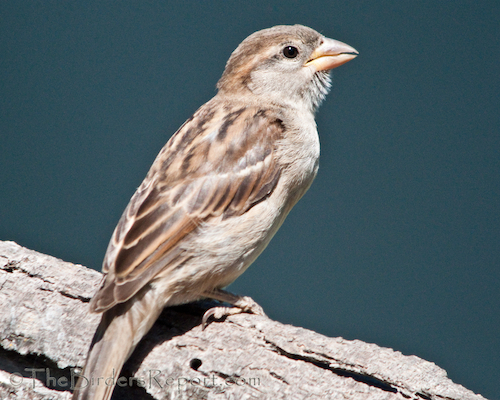
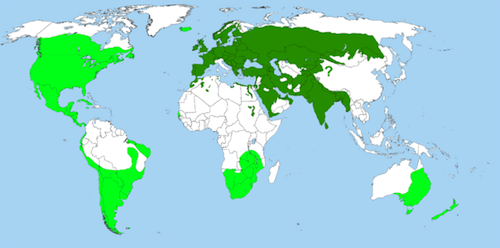 Native range in dark green and introduced range in light green
Native range in dark green and introduced range in light green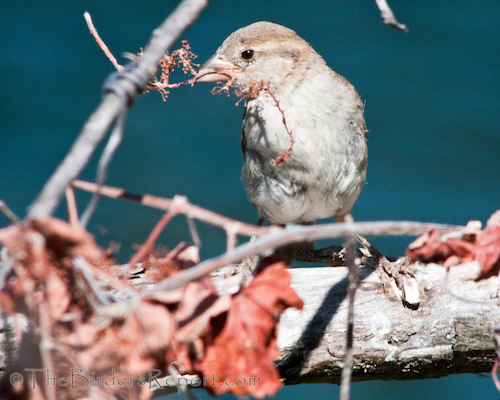
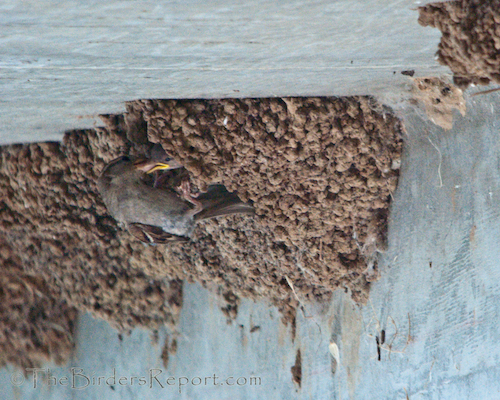
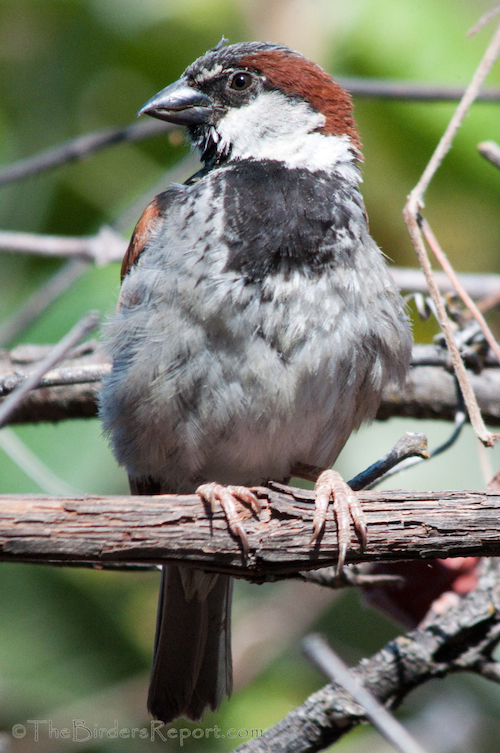



Social Media Connect